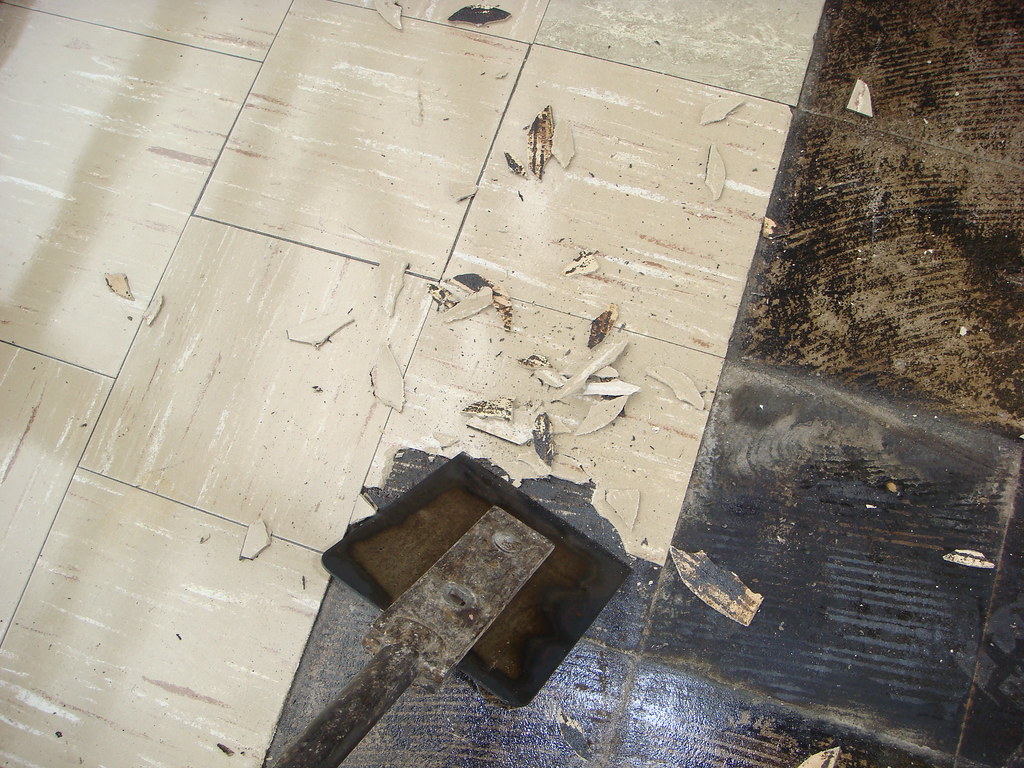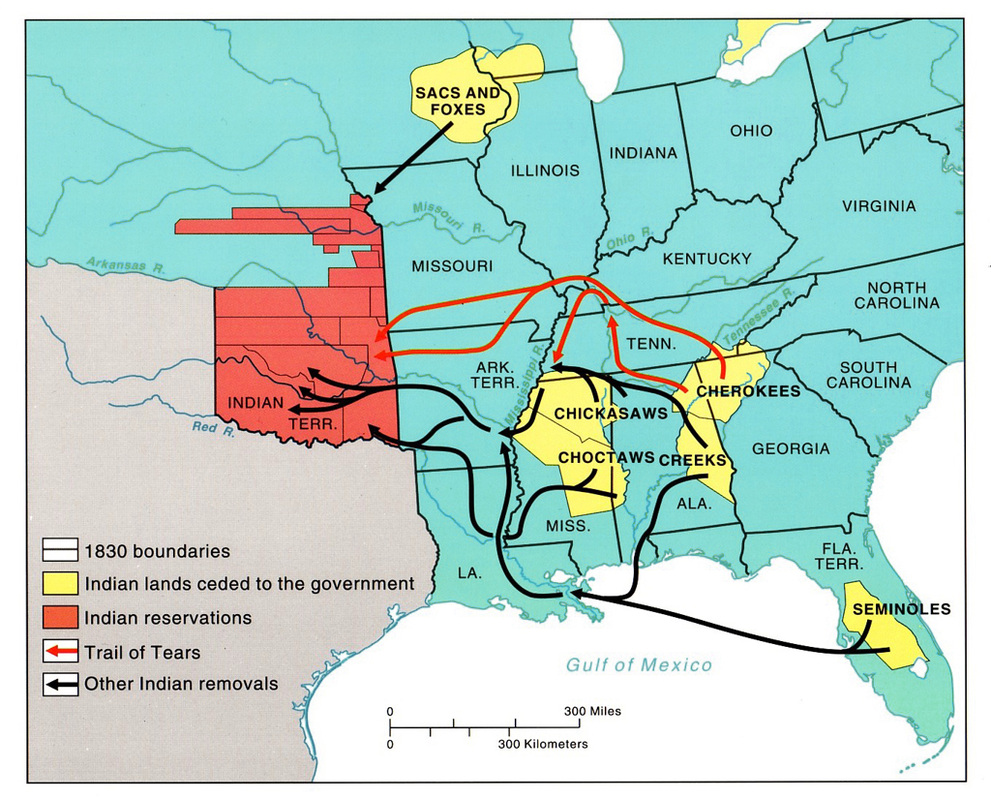
The operation that map() performs is commonly known as a mapping because it maps every item in an input iterable to a new item in a resulting iterable. This includes built-in functions, classes, methods, lambda functions, and user-defined functions. Even though the Python documentation calls this argument function, it can be any Python callable. In other words, it’s the function that transforms each original item into a new (transformed) item. This first argument to map() is a transformation function. That is, without using a pair of parentheses. Note: The first argument to map() is a function object, which means that you need to pass a function without calling it.
#REMOVE METHOD MAP HOW TO#
You’ll also learn how to use list comprehensions and generator expressions to get the same functionality of map() in a Pythonic and readable way.

In this tutorial, you’ll cover one of these functional features, the built-in function map(). Nowadays, map(), filter(), and reduce() are fundamental components of the functional programming style in Python. These functional features were added to the language thanks to the contribution of a community member.

However, back in 1993, the Python community was demanding some functional programming features. I was much more familiar with imperative languages such as C and Algol 68 and although I had made functions first-class objects, I didn’t view Python as a functional programming language. I have never considered Python to be heavily influenced by functional languages, no matter what people say or think. Reducing consists of applying a reduction function to an iterable to produce a single cumulative value.Īccording to Guido van Rossum, Python is more strongly influenced by imperative programming languages than functional languages: Items in the new iterable are produced by filtering out any items in the original iterable that make the predicate function return false. Items in the new iterable are produced by calling the transformation function on each item in the original iterable.įiltering consists of applying a predicate or Boolean-valued function to an iterable to generate a new iterable. Mapping consists of applying a transformation function to an iterable to produce a new iterable. When it comes to processing data with a functional style, there are at least three commonly used techniques:

#REMOVE METHOD MAP CODE#
Develop because you can code and use every function in isolation.In theory, programs that are built using a functional style will be easier to: These kinds of functions are commonly known as pure functions. They just provide the result of a given computation. These functions don’t modify their input arguments and don’t change the program’s state. In functional programming, computations are done by combining functions that take arguments and return a concrete value (or values) as a result.
#REMOVE METHOD MAP FREE#
With this knowledge, you’ll be able to use map() effectively in your programs or, alternatively, to use list comprehensions or generator expressions to make your code more Pythonic and readable.įor a better understanding of map(), some previous knowledge of how to work with iterables, for loops, functions, and lambda functions would be helpful.įree Bonus: 5 Thoughts On Python Mastery, a free course for Python developers that shows you the roadmap and the mindset you’ll need to take your Python skills to the next level.

map() is one of the tools that support a functional programming style in Python. map() is useful when you need to apply a transformation function to each item in an iterable and transform them into a new iterable. Python’s map() is a built-in function that allows you to process and transform all the items in an iterable without using an explicit for loop, a technique commonly known as mapping. Watch it together with the written tutorial to deepen your understanding: Python's map() Function: Transforming Iterables Watch Now This tutorial has a related video course created by the Real Python team.


 0 kommentar(er)
0 kommentar(er)
